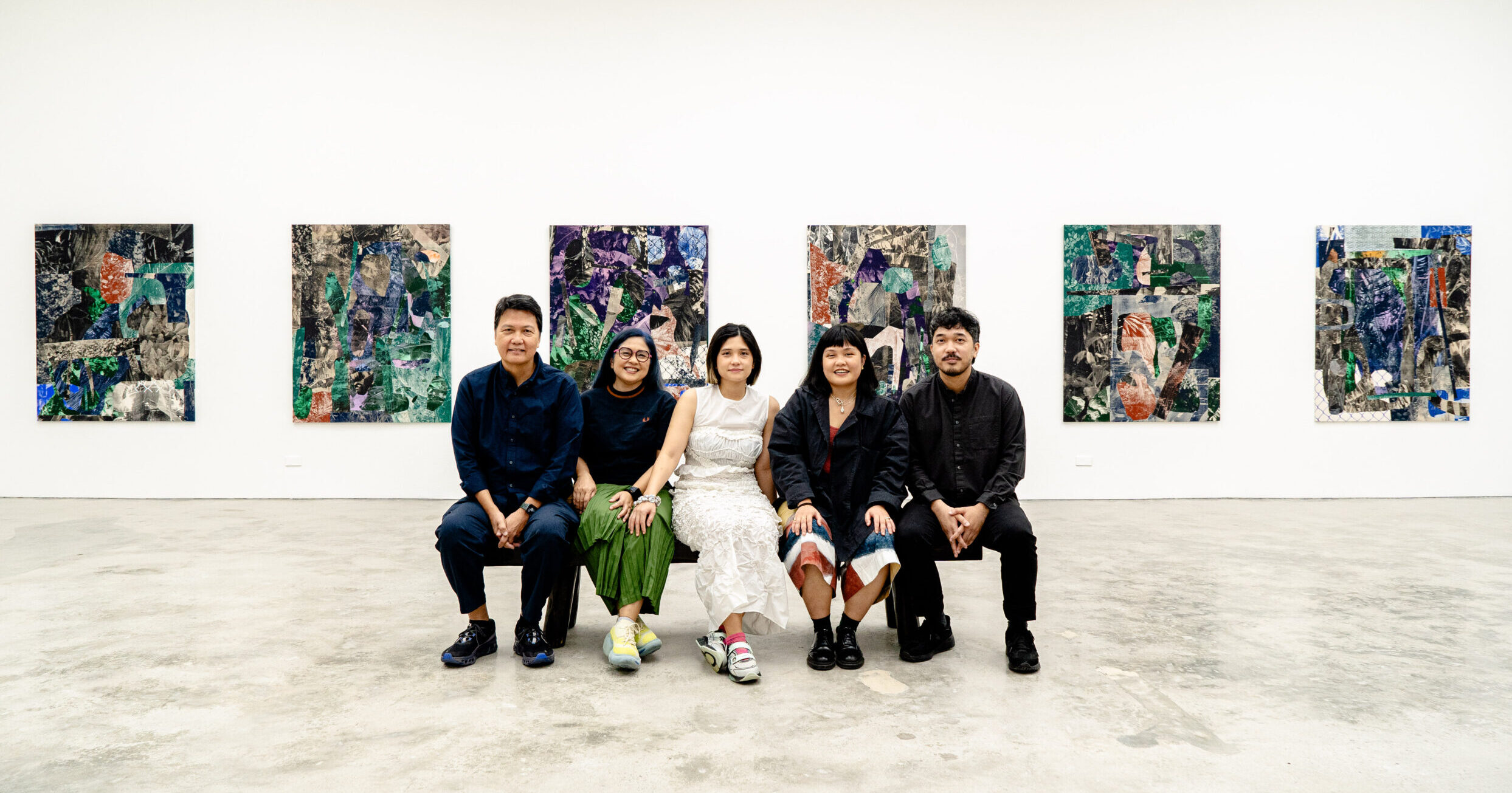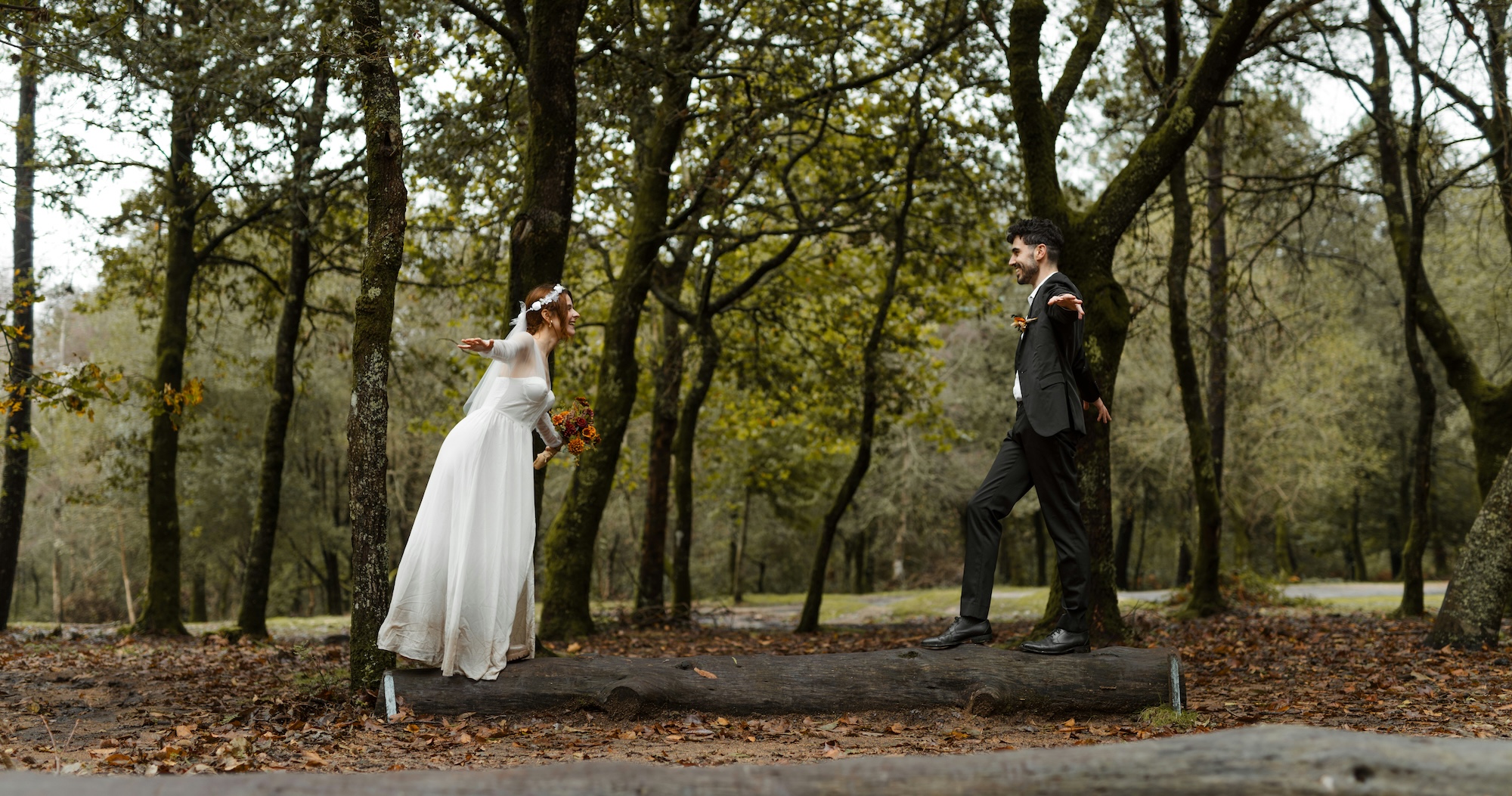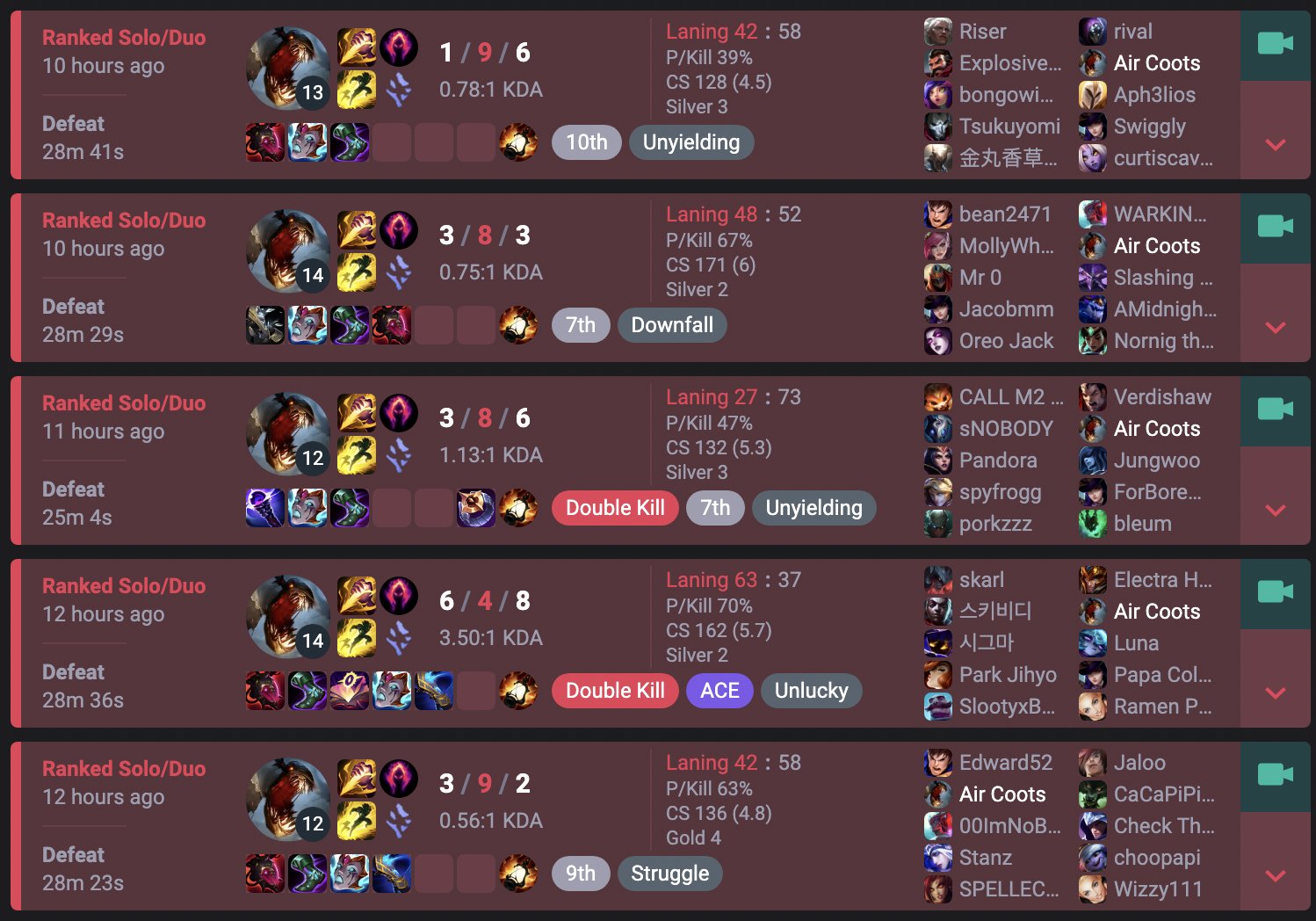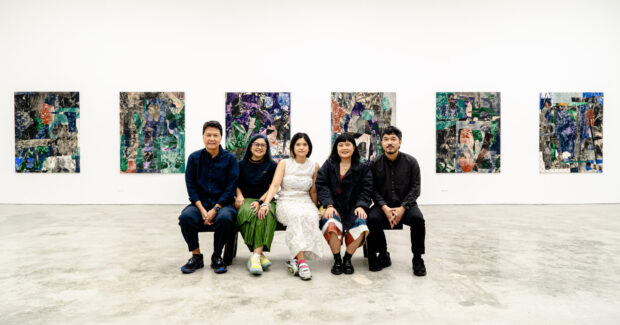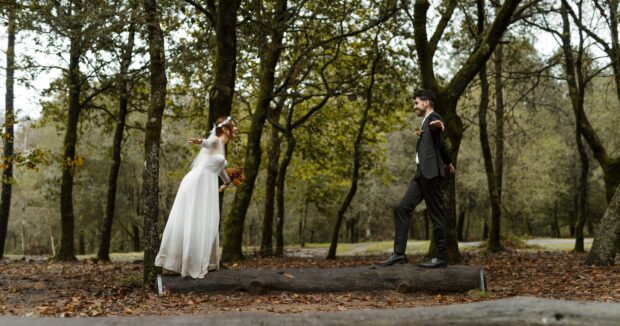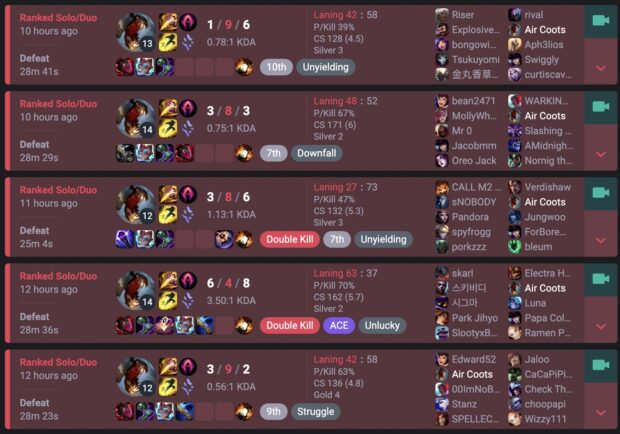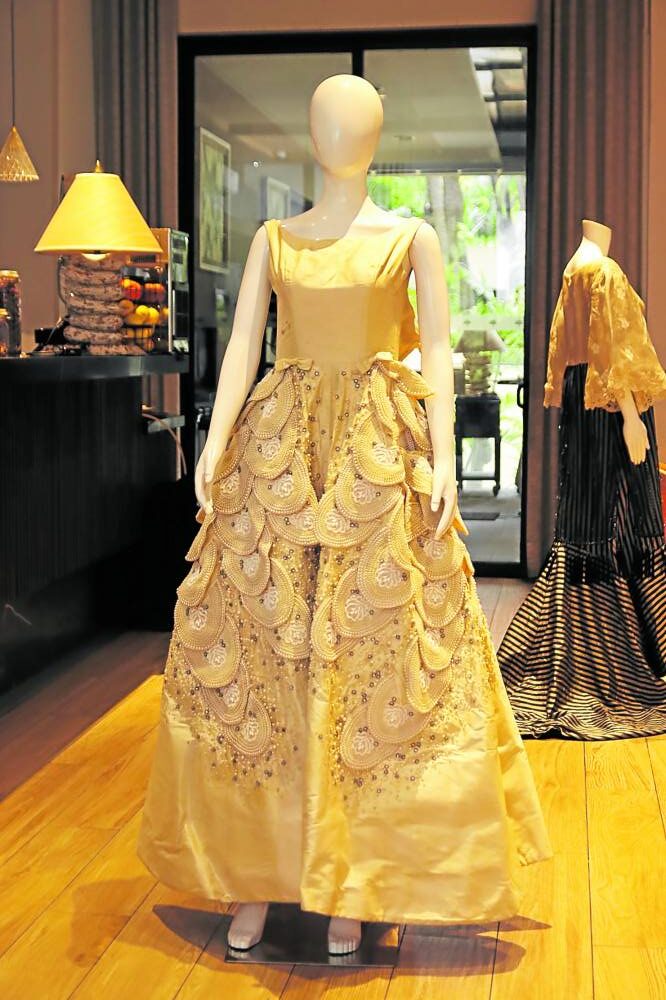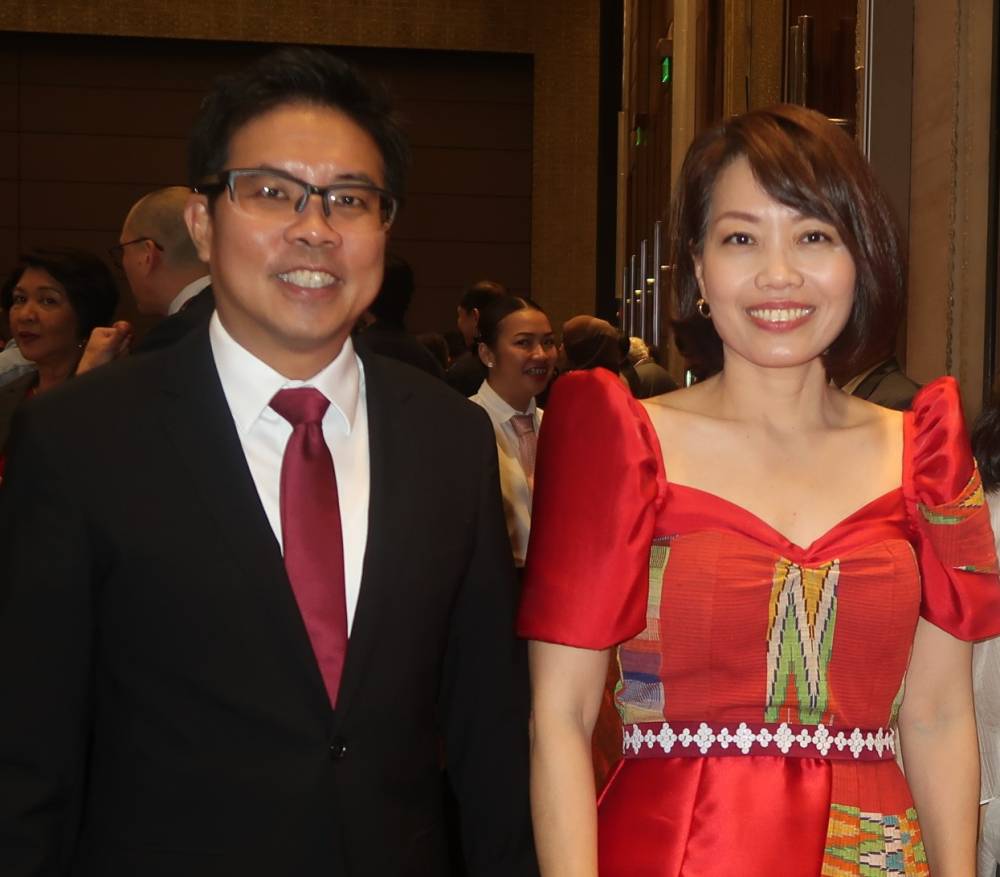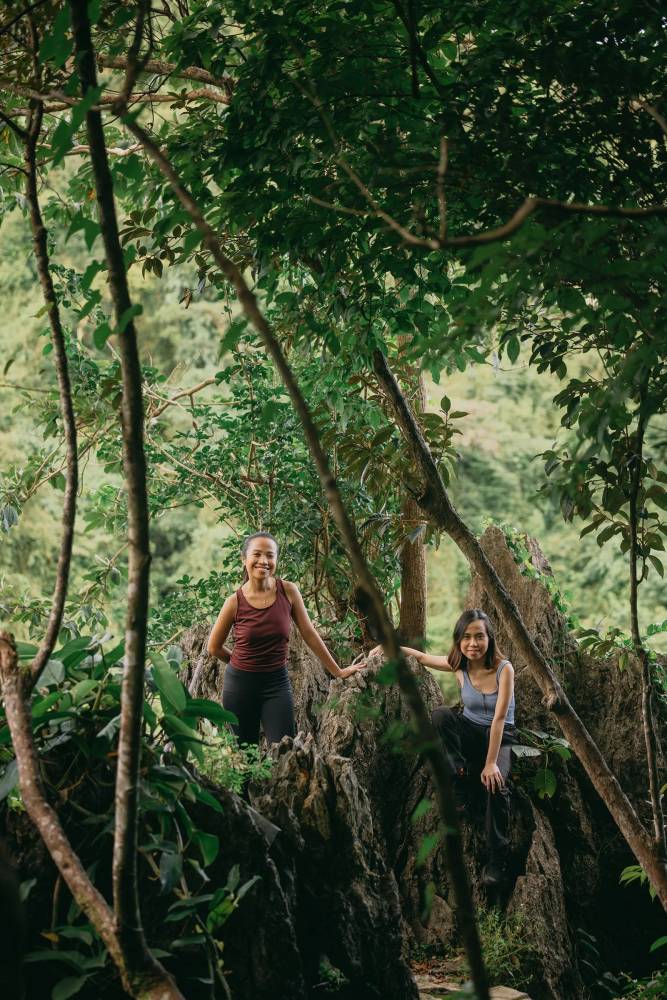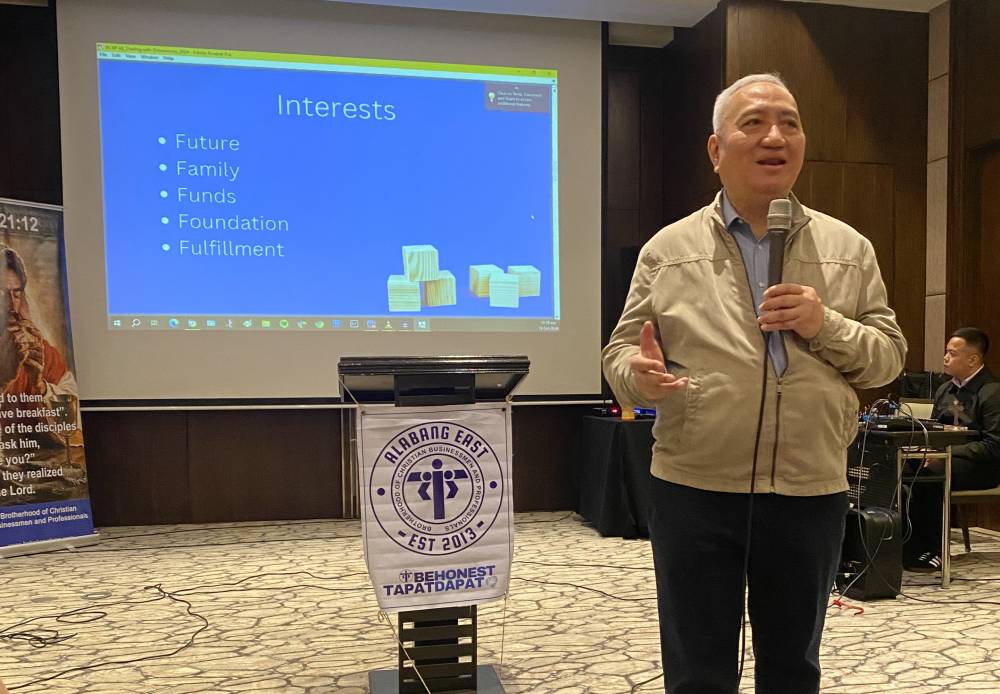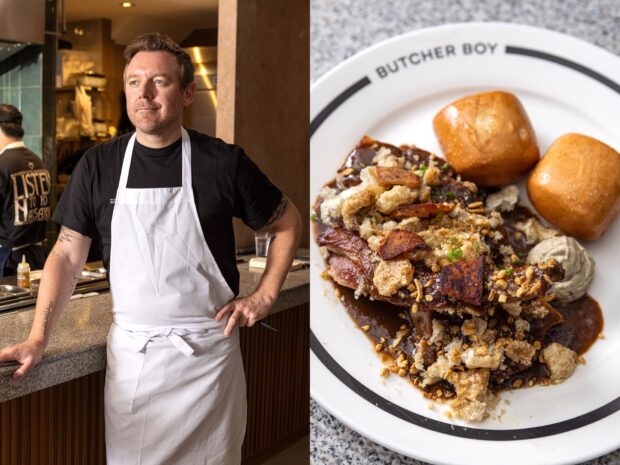Even as there’s still this unslakable thirst for many Filipinos to own the hottest thing—you only have to see the lines outside luxury stores on a typical day as proof—for some others, they have long espoused the circularity of fashion.
Circular fashion quite simply means a considered way to produce and extend the life of a garment—what it’s made of, how it’s made and where it ends up. It’s also about buying less, but buying better.
This is a growing movement globally, one that even the luxury houses are now pushing, as they introduce repair or buy-back services of their products. Some Filipinas have already adopted this sustainable way to shop.
“I love giving a home to preloved things and I have given and sold a lot of preloved items, too,” says Christine Dychiao, entrepreneur behind shoptilda.com. Prepandemic, the certified Konmari consultant and some of her friends used to hold an annual closet clean-out garage sale for this reason.
Dychiao has hunted down past-season clothes on eBay and vintage sellers on Instagram, consignment shops in Manhattan and flea markets in Paris, for everything from Chanel flats to Limoges teacups and antique linen tea towels. “Anywhere is fair game,” she adds. “You get what you want below retail—meaning, I don’t have to pay the full retail price—because the original owner took the hit for most of the depreciation cost.”
Conscious and conscientious
“I think buying preloved is one thing, but it’s also important to be conscious and conscientious of buying fashion items,” says Leslie Ann Tan Rice, Singapore-based hotelier and writer. “No fashion is truly sustainable, unless we take stock of our consumer habits and buy only what’s necessary. Then again, what’s necessary, when one shirt can last for decades if cared for well?”

necessary.”
Rice used to subscribe to a fashion rental, where she could pick officewear and return when she’s done with them. Fashion rentals became popular also because of the sustainability movement—it allowed consumers to “borrow” instead of committing to an expensive fashion purchase that they may not even want to keep eventually. Rice, however, stopped renting during the pandemic, since all work was done from home and fashion became extraneous.“I’ve tried to consciously cut back on spending for clothes that I don’t need,” she adds. “I try to look for unique pieces made by local designers to minimize carbon footprint.” She proudly says that she has kept and still wears, a 30-year-old Bossini jacket she’s owned since she was 11.
Hand-me-downs
“I think it’s important to encourage circular fashion as you’re supporting global sustainability efforts in your own little way by giving new life to things that would otherwise be discarded and end up in landfills,” says Ta Loulou cofounder Cit Sioson. The designer started thrifting in college and is an avowed lover of hand-me-downs—“whether it be a vintage piece from my mom or tailored trousers from my boyfriend.”This mindset Sioson and her partner Denise Juan have adopted into their business. In their RTW line, they produce only a few pieces per style and they make use of every scrap of fabric as trimmings or accessories, to avoid wastage. They also offer customization and alteration services “to ensure that our clients get the most out of each piece, which would continue to be a wardrobe staple even as their style preference evolves or changes, or they can pass it down to loved ones.”

Sioson also resells her preloved stuff. “We’ve recently launched Suivante by Ta LouLou, which gives our growing community access to preloved items we’ve meticulously selected from our own and our friends’ personal collections,” she says. These include everything from sought-after bags and shoes and soon antique furniture and tableware.
The former fashion editor is also a fan of renting fashion. Sioson goes to Vestido, which is coowned by Vogue Philippines fashion director Pam Quiñones, Cindy Go Bayot and Maica Tady.
Most economical
Writer and PR professional Bianca Salonga is another proud shopper of preloved and vintage goods, saying about 80 percent of the contents of her closet come from thrifting.
She scours online resale sites like The Real Real, Vestiaire Collective and Rebag for vintage and other past runway pieces. On these platforms, she has found, among others, “vintage or archival pieces that one wouldn’t find in the usual retail outlets,” like a Prada feather print skirt from 2005, garments from Christian Dior’s tribal collection, Issey Miyake Pleats Please tunics, Roland Mouret shoulder padded dresses and Rick Owens skinny pants.
“If you are an enthusiast of fashion history, preloved shopping is one way to experience the exciting eras of style through the decades,” says Salonga.

Her reasons for preloved shopping are also practical: “I’d go as far as to say that it is the most economical way enjoy high fashion. Trendy, fast-fashion labels may seem more affordable on the onset, but the products on their selling floors aren’t for keeps.”
Another advantage to shopping this way is “knowing you have saved [the piece] from the oblivion of someone’s storage,” says Dychiao. “You are extending its useful life, reducing resource consumption.”
Credible sources
Provenance, of course, is an issue when you’re buying preloved or secondhand. Some find it unsettling to wear something previously owned by a stranger. There’s also the issue of authenticity, especially when you’re buying something expensive.
Mons Tantoco, the woman behind the pop-up bazaar Katutubo PH, for one, limits her preloved shopping to jewelry. “I don’t see myself buying preloved clothes unless they’re passed down to me by an immediate family member or a good friend,” she says.
So even in thrift shopping, the level of comfort varies.

It’s important to shop from credible sources, according to Salonga, to be sure of the authenticity of the item. Reputable resale sites are forthright about the condition of the items they carry—whether there are visible signs of wear, stains or tears.
Dychiao has a local go-to for preloved expensive items, like an Hermes bag: Dennis Robles of Authentecite. “Except for my eBay buys, I tend to buy preloved things in person so I can really check on the state of the item,” she says. “I know Vestiaire and The Real Real are the places to go to now for preloved designer stuff, but I haven’t really found a good deal in those sites that would have me take the plunge.”
Mindful shopping
Still, fashion consumption requires a kind of mindfulness, regardless of whether you’re buying brand new of preloved. Getting carried away “to the point of hoarding” is a pitfall of many shoppers, Sioson points out.
“Buy only what you need and what you would be able to consider a wardrobe staple,” she advises. “Of course, there are some special pieces that you won’t be wearing day in and day out, but before you make that purchase, be decisive enough to differentiate a timeless piece from an impulse purchase.”
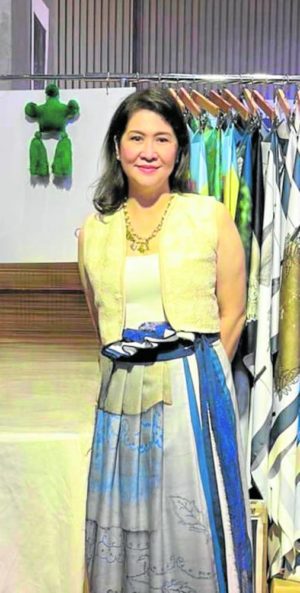
While she doesn’t resell her used items, Romulo makes it a point to hand down pieces to her daughters or donate to a family friend, a nun, who in turn can give them to others.
Dychiao quotes Orsola de Castro of Fashion Revolution as such: “The most sustainable piece of clothing is the one you already own. So if you really want to buy something new, the next sustainable thing would be to buy it from somebody who has already let go of it from their own closet.”

